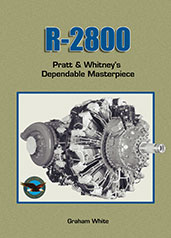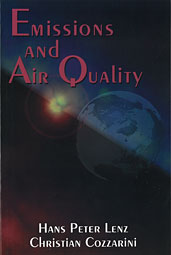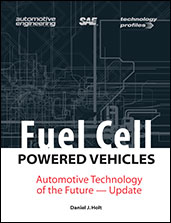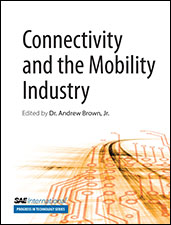Book
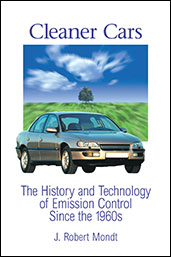
Cleaner Cars
2000-01-28
This book chronicles a 35-year success story - the technology that was developed and the progress that was made to achieve the goal of reducing air pollution from automobiles. "Air pollution from automobiles as of the year 2000 will have been lowered to levels less than 5% of those for pre-control era vehicles," writes author J. Robert Mondt, who spent over 30 years working on the development of emission control systems for automobiles. Mondt covers both the technological and political aspects of this effort, from the early environmental concerns in California to the Clean Air Acts of the 1960s to the introduction of catalytic converters in 1975. He also covers the revised Clean Air Acts of the 1960s to the introduction of catalytic converters in 1975.

